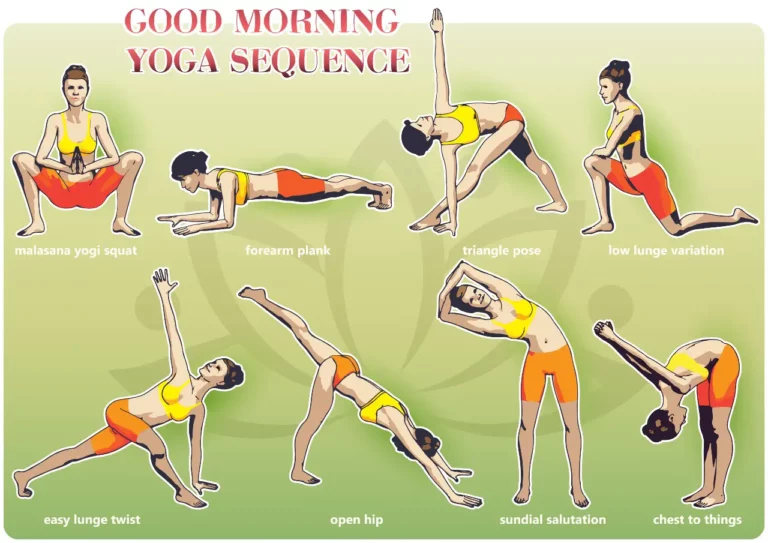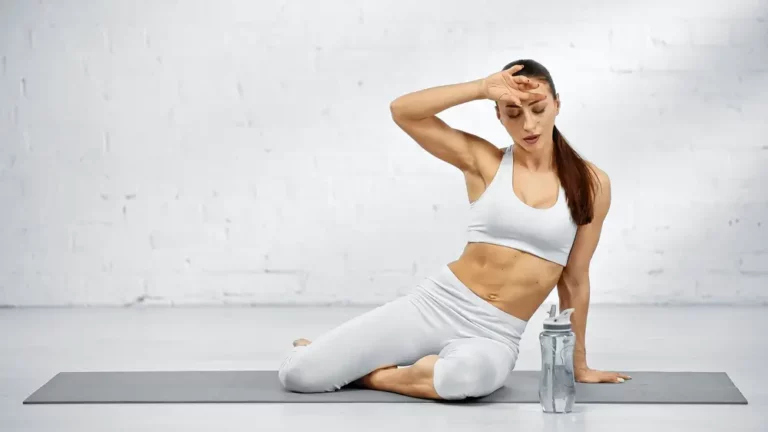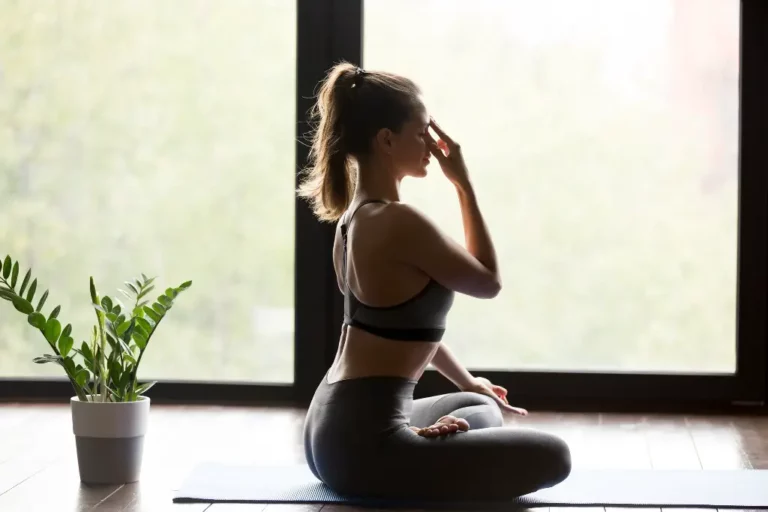Is Yoga Bad For You?

Not everything is as it seems, and the health world has a profound impact on making things appear good when in the meantime can cause unknowing harm – like fad diets, for example. Can yoga be one of those things that are bad for you?
Although yoga benefits most people, it runs the same risks as regular exercise and has other negatives. Yoga can cause or exacerbate musculoskeletal issues, trigger an arterial dissection stroke, impose on your belief system, and deplete self-confidence.
So is yoga bad for you? There are a few reasons it could be – beyond the extended list of benefits. We’ll explore the downsides of yoga in depth and impart some tips to ensure you avoid them as far as possible.
How Yoga Can Be Bad For You
Yoga requires you to stretch and use muscle groups that your body may not be used to which can lead to problems like injuries. If you were looking to skip your yoga class today, some of these reasons might alleviate some guilt!
Yoga Can Cause Pain And Injury
One yoga study was done in 2018, where 354 participants from two different yoga studios went through a series of questionnaires and had a one-year follow-up. In this study, it was found that 10.7% of the participants experienced pain caused by yoga. Those who quit yoga because of it had symptoms that lasted as long as three months!
It is alarmingly common for regular yoga to cause pain in the back, neck, hips, shoulders, elbows, wrists, and hands. Damaged nerves and torn ligaments from yoga poses are also a commonality.
The New York Times has also shared an article on the matter of yoga causing injuries. In the report, a yoga instructor mentioned they’d witnessed multiple yoga-related injuries, including a torn Achilles heel caused by a downward dog pose!
Although yoga is considered safe, it is still an exercise with injury risks, so be cautious!
It Can Worsen Existing Musculoskeletal Issues
Some pain caused by yoga is just a worsened existing injury. Not all instructors keep pre-existing ailments in mind when they teach yoga, which can cause you to exacerbate them, such as weakened joints and strained muscles.
If you have osteoporosis or osteopenia, you should give yoga a skip. Yoga requires you to bend and stretch in many ways, and those with bone issues could seriously harm themselves in these demanding postures. Yoga can also worsen carpal tunnel syndrome and tendinitis.
With any of these pre-existing injuries or conditions, you could ask your doctor if you can do yoga, but they will probably advise against it.
Yoga Can Cause A Stroke
Yoga can cause arterial dissection, which causes a stroke, no matter how young and healthy you are. An arterial dissection happens in your neck when specific arteries get cut off from circulation. This occurrence is rare and only happens to a small percentage of people, but it is still a possibility.
To avoid an arterial dissection, you must be extra cautious when doing poses that involve your neck, such as headstands, shoulder stands, and the upward bow pose. Always remember your body’s limitations and only attempt advanced yoga poses by working your way up to them.
Can Go Against Your Spiritual Beliefs
Yoga is a spiritual practice that is rooted in Hinduism and has other Eastern roots as well, which modern-day spirituality has adopted. Yoga has been Westernized to become a standard exercise, but many teachers still incorporate spirituality into their classes, which could go against your belief system.
To avoid any unpleasantries, research your instructor or studio to find out if they teach exercise-based yoga without spiritual influences.
Learn More!!!! Can You Do Yoga Without The Spirituality Aspect? and Is Yoga A Religion? Should Christians Practice It?
Can Be Disheartening
Yoga may be relaxing, but it is far from easy, which could put a damper on your self-confidence. Some poses take months or even years to master, making you feel like you haven’t progressed. Behind every influencer post is a boatload of practice you haven’t seen, so be kind and patient with yourself!
There’s more to yoga than snapping a photo, and you’ll grow to love the practice beyond your ego of wanting to accomplish something surface-level. Yoga is about connecting your mind and body, so if you focus on its physiological aspects, you’re bound to feel fulfilled.
There Are Many Unqualified Yoga Instructors
Since the demand for yoga is ever-increasing, so is the market for yoga instructors. Many passionate yogis have been practicing for years and want to share their passion with others, and although that’s a good thing in theory, it isn’t helpful to the extent it should be.
If you go to classes with an unqualified instructor, you run the risk of incorrect posture or breathing, which can cause injuries, especially over a prolonged period of practice. Untrained teachers aren’t aware of all the potential health risks involved in yoga and aren’t trained to know a student’s limitations.
Another reason you need a qualified instructor is that each student has different abilities and needs, and you need a qualified teacher who can offer modifications and adaptations to make yoga accessible and beneficial for you and your needs.
Read my article Step-By-Step: How To Do Yoga Without An Instructor
Tips To Practice Yoga Safely
#1 Make Sure You Practice A Suited Yoga Style
You should practice a type of yoga that suits your physical condition. For example, Ashtanga yoga is physically challenging and burns many calories, which works for fitter individuals without injuries. If you have a sports injury, you should turn to Restorative yoga with gentle poses that help alleviate pain.
#2 Ensure Your Instructor Is Qualified
You may need to pay a little more when you find a qualified instructor, but their knowledge is golden and will help you practice safely and efficiently.
#3 Substitute Difficult Poses
There’s no shame in going against the norm to protect your body. Not all yoga flows match your needs, so you can find other default poses that you can substitute for those too strenuous or advanced for you.
#4 Do Not Push Beyond Your Limitations
You wouldn’t run a marathon without training, so don’t try any advanced-level poses if it’s not yet in your skillset! Always listen to your body; if something doesn’t feel right during your practice, stop what you’re doing to avoid harming yourself.
#5 Know The Risky Poses
Besides poses that are beyond your level, the ones to watch out for are any that involve your neck and back. Be particularly wary about the downward dog, cobra pose, upward bow, headstand, frog pose, staff pose, standing forward bend, and shoulder stand.
Wrap Up
Yoga can be bad for you, as much as any exercise can. Yoga injuries are a thing, so do practice with caution and precision, preferably under the guidance of a qualified instructor. There are many ways to practice yoga safely, and with that in mind, you should be just fine!






